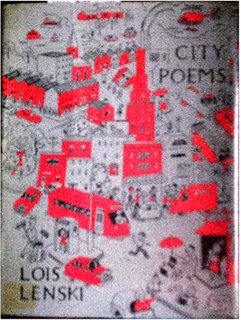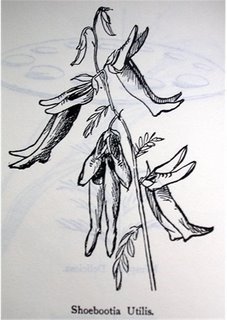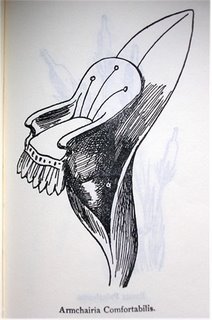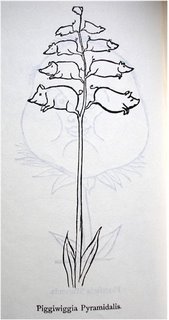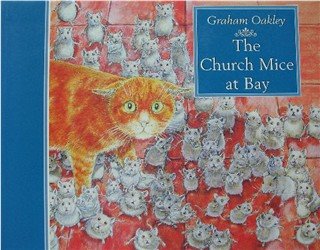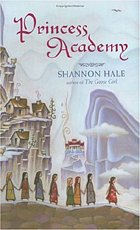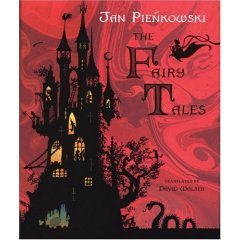Forgotten Bookshelf: City Poems by Lois Lenski
I once thought I knew something about Lois Lenski, back when all I head read were her still-in-print books – happy little picture books about the seasons and things that go. Then I chanced upon City Poems, and whoa – the genesis of the New Realism movement. Who knew that back in 1954 there was a woman putting poems about street gangs and homelessness next to poems about birthdays and friendly policemen? For a moment, I thought I was re-reading The Inner City Mother Goose.
City Poems comprises a big bundle of verses inspired by Lenski’s life in
Bus stops at the corner,
Just stand right there and wait,
Here it comes, door opens,
Hop in and don’t be late.
Hop in, hop out!
Hear the driver shout.
There’s room for more
Don’t block the door,
Hop in, hop out!
It’s mostly sweet, gentle stuff with a bit of rhythm thrown in for fun – any of them could easily be adapted as a picture book (hint-hint, would-be illustrators out there). But then you stumble along a poem like “Slum Home”:
Faucet’s leaking,
Sink won’t drain;
Somebody broke
The windowpane.
Stuff a rag in
To keep out the rain.
No heat in the pipes,
The roaches play,
Chair’s broke down,
It rains all day.
Where’s my Mom?
She’s gone away.
The overall idea, I guess, is that Lenski is trying to give a loving-but-true image of the city she loves. The odd thing for me, I suppose, is that I don’t seem to see too many books for this age group – this books seems to be written for the 7-and-younger crowd – that deals with this kind of harsh reality. There’s plenty of this kind of stuff for older kids, but little-littles? Not really. (Unless you’re one of those people who considers Smoky Night appropriate for preschoolers, which I don’t.) Also, the rhymes’ sing-songy quality makes a few of the serious-subject-matter poems kind of silly. But some of them still manage to be touching. Anyway, the book is a touch dated (there’s a poem about an automat and another about an elevator boy) but it’s worth taking a look at, especially if you’re already a Lenski fan. Ooooh, and did I mention the always-excellent line illustrations? Here’s a sampling: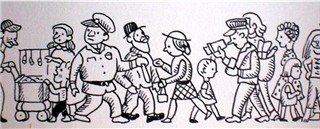
Love it. Oh, and please forgive the lousy cover image this time. That book was darn difficult to photograph!

